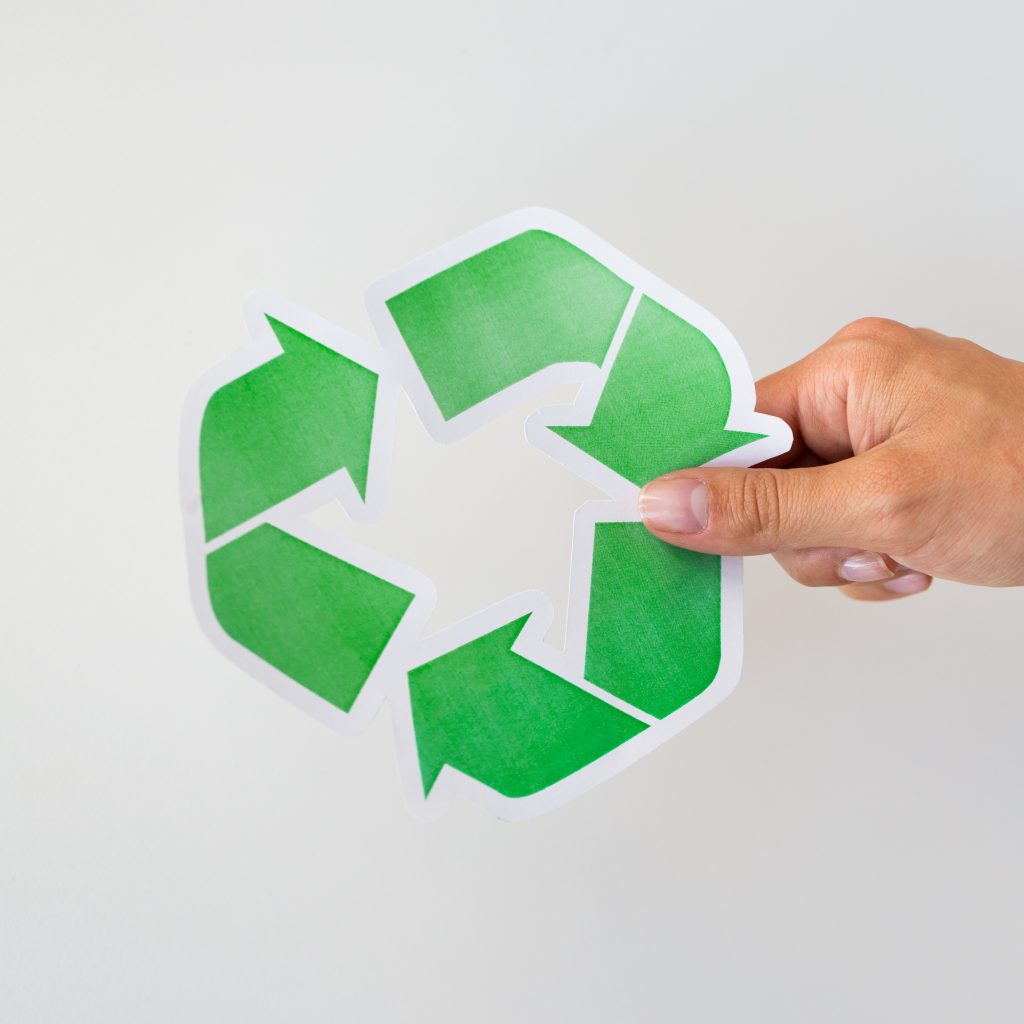Biodegradable labels are marketed as a sustainable solution, but how do you know if they’re truly breaking down as promised? Claims can be misleading, and without proper verification, even well-meaning choices may have little environmental benefit. Here’s how to assess whether your label is genuinely biodegradable – and how to prove it.
Understand the Certification
Start by checking for certification from a recognised authority. Trusted schemes include:
- EN 13432 (EU) or ASTM D6400 (US): These confirm industrial compostability.
- OK compost HOME (by TÜV Austria): This indicates the label will break down in a home composting environment.
- Seedling logo: Often used in Europe, this symbol signals compliance with EN 13432.
If your label doesn’t carry one of these, request documentation from your supplier. Look for third-party test results, not just internal data.
Know the Conditions Required
Many biodegradable labels only decompose under specific conditions—usually industrial composting facilities that maintain high temperatures and moisture. If the label ends up in a landfill or is composted at home without sufficient heat, it may take years to degrade or fail to break down at all.
Check the product’s technical data sheet or ask the supplier:
- What temperature range is needed?
- What is the expected breakdown timeframe?
- Will the adhesive degrade at the same rate as the face material?
Conduct Simple On-Site Testing
You can also test your label’s breakdown performance with a small-scale composting trial. It won’t be as precise as lab testing, but it gives a clear sense of whether the material is behaving as expected:
- Set up a controlled compost bin with balanced green and brown matter, and monitor moisture and temperature regularly.
- Place a few labelled samples into the compost, then check on them weekly.
- Document visual changes such as disintegration, colour fading, or softening.
A fully compostable label should begin to show signs of breakdown within a few weeks under ideal conditions.
Watch for Hidden Components
Even if the label face is biodegradable, other elements may not be:
- Adhesives: Some adhesives are pressure-sensitive and derived from synthetic polymers. These may remain intact or become tacky in composting conditions, slowing decomposition or contaminating the waste stream. Look for adhesives specifically tested and certified for compostability.
- Inks: Many standard printing inks contain petroleum-based ingredients, which can include heavy metals or harmful solvents. These substances may also introduce toxins into the soil. Biodegradable labels should use water-based, soy-based, or certified compostable inks.
- Liners: The backing material used during application, often called the release liner, is frequently made from silicone-coated paper or plastic film which is not compostable.
Always confirm that all components are certified, not just the label surface.
Conclusion
Relying on the word “biodegradable” is not enough. True environmental impact depends on the label’s full composition, the conditions in which it is discarded, and whether it carries third-party certification. With the right checks in place, you can ensure your label performs as claimed—and reduce the risk of greenwashing in your supply chain.

